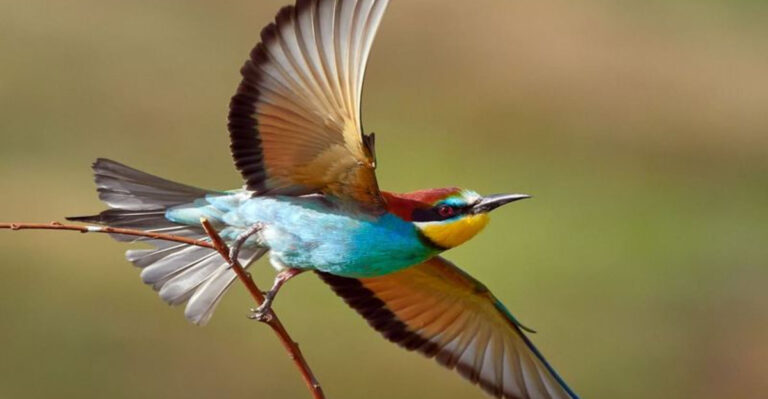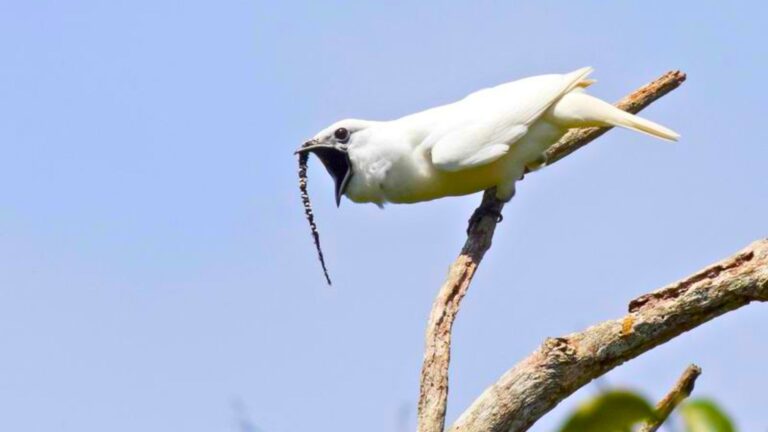18 Surprising Zebra Facts That Will Amaze You
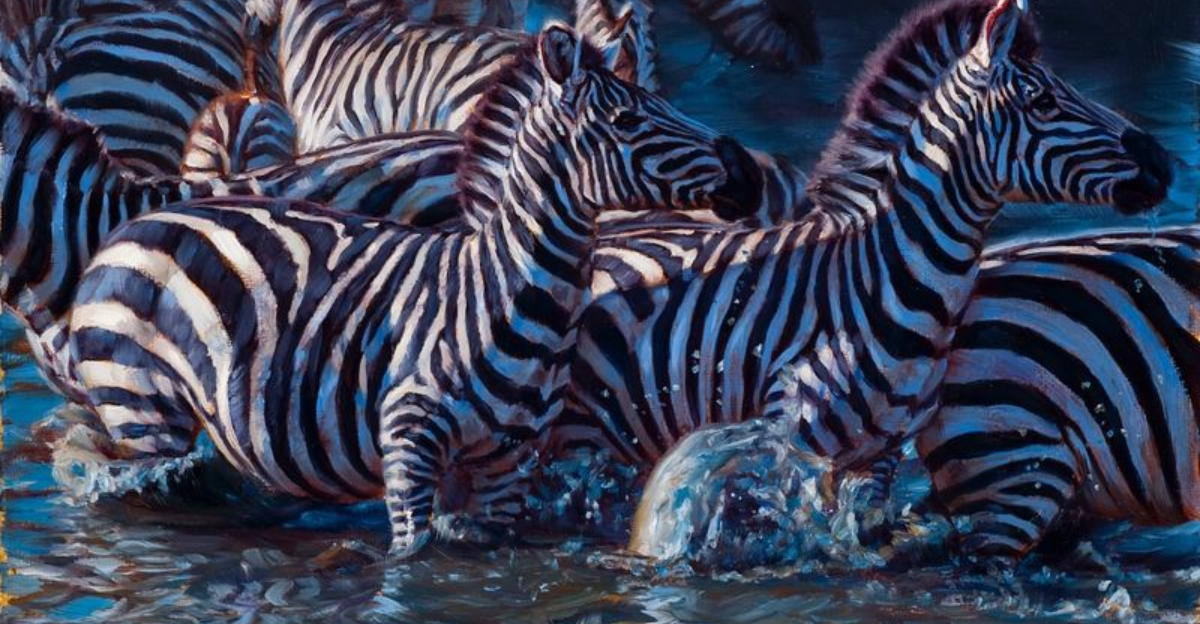
Zebras are incredibly captivating with their distinct black and white stripes and fascinating behaviors.
Get ready to learn all the zebra secrets you never knew you were curious about!
1. Symbols And Stories
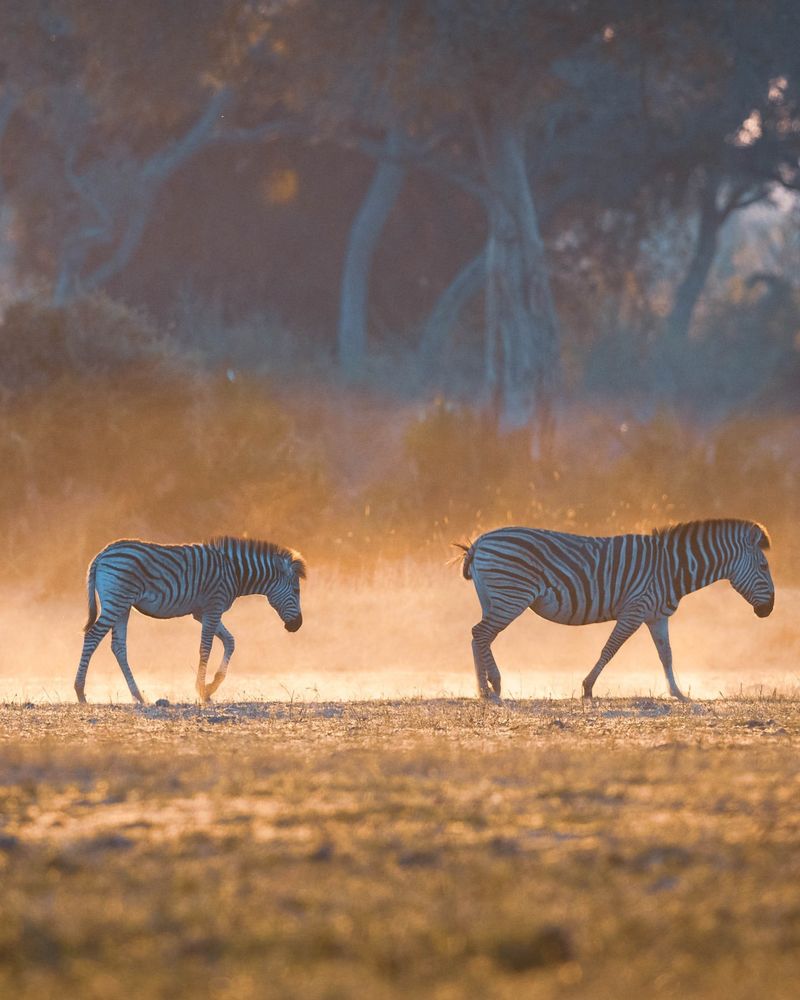
Zebras have long been symbols of beauty, freedom, and the untamed spirit of Africa.
Their striking black and white stripes are often seen as a representation of balance and harmony, symbolizing the coexistence of opposites.
In African folklore, zebras are depicted as wise and cunning creatures, capable of outsmarting predators and overcoming challenges.
Their unique appearance also makes them powerful symbols of individuality, explored in art, literature, and modern media.
Whether in traditional tales or contemporary fashion, zebras continue to captivate our imaginations, representing both the wonder and fragility of the natural world.
2. Zebra Stripes: Unique As Fingerprints
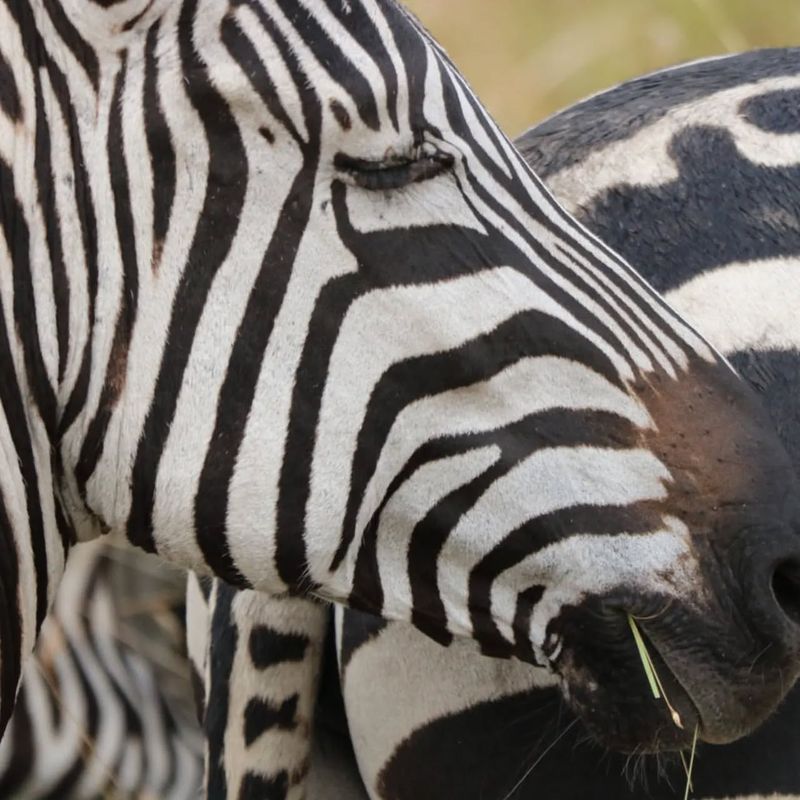
Zebra stripes are as unique as human fingerprints, with no two zebras having the same pattern. These stripes help with camouflage, confusing predators like lions by creating a blur when zebras run together.
They also allow zebras to identify each other, strengthening social bonds within the herd. Interestingly, the stripes may help regulate body temperature and even deter biting insects.
This incredible adaptation is both functional and beautiful, making zebras stand out in the animal kingdom.
3. Space Experiments
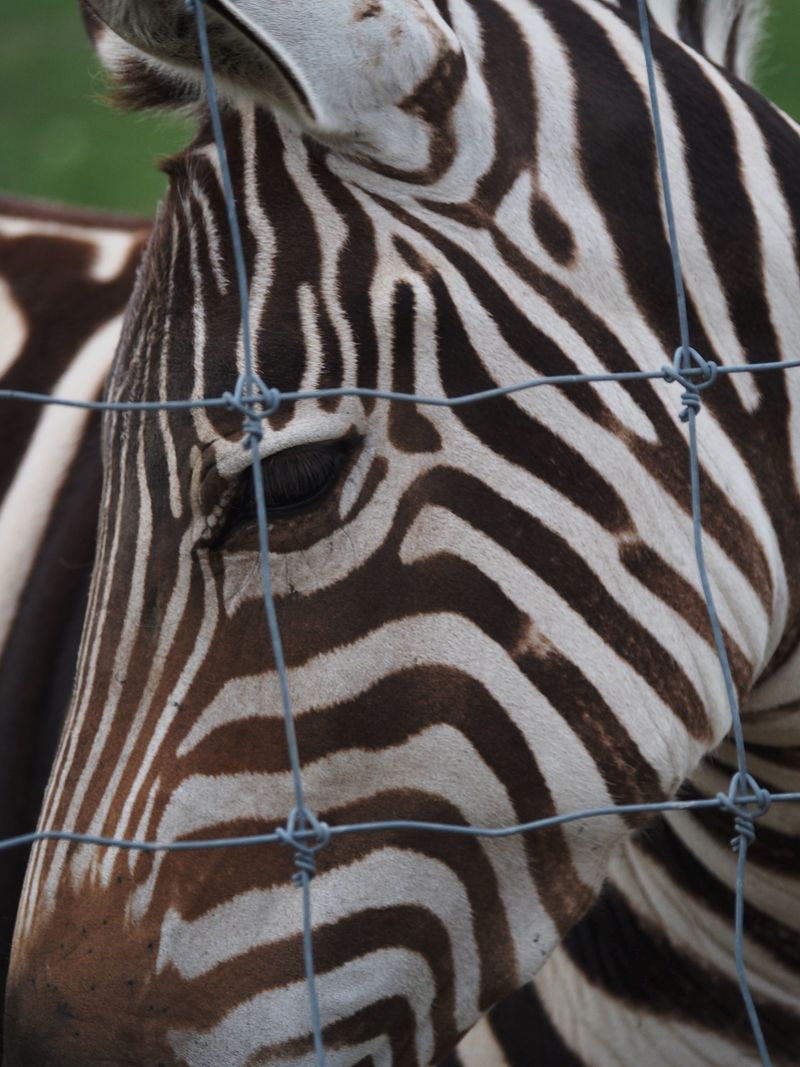
In an unexpected twist, zebras became part of space research experiments.
Scientists studied zebra stripes to understand visual illusions in weightlessness. The contrasting patterns of their coats provided insights into how visual perception is altered in space.
Zebras weren’t sent to space, but their patterns played a role in designing experiments aboard spacecraft.
These experiments helped improve safety for astronauts by better understanding how humans perceive their surroundings in zero gravity.
4. Zebra Communication
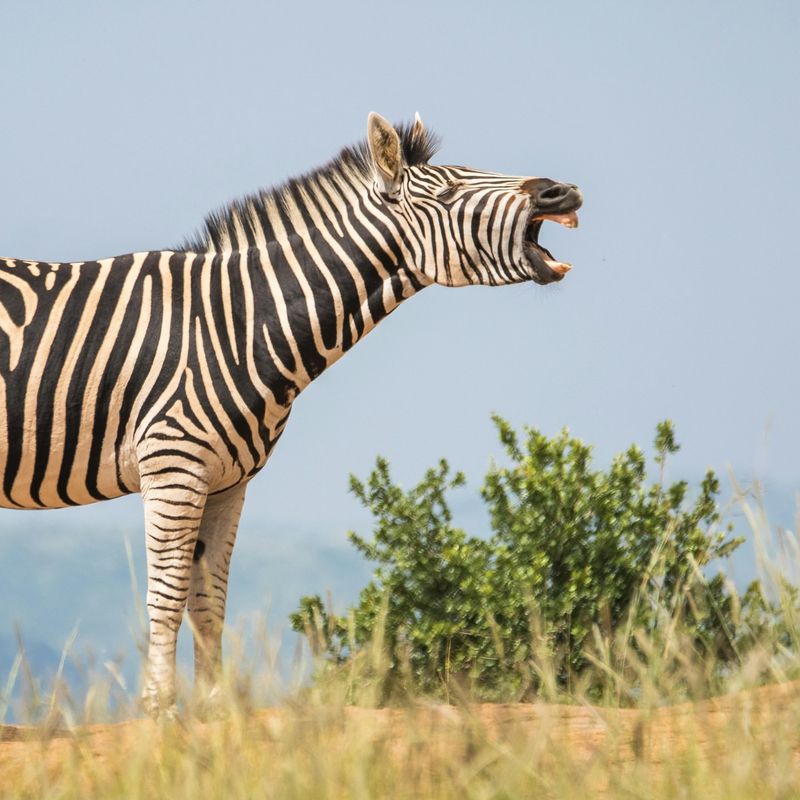
Zebras communicate using a mix of sounds, body language, and scent marking.
While they make noises like snorts and brays, their body movements, like ear positioning and tail flicking, convey important messages about their emotions and intentions.
For example, laid-back ears signal aggression, while a gentle nuzzle shows affection. They also use scent glands to mark their presence and communicate with others.
This combination of visual, auditory, and olfactory signals helps zebras maintain harmony and navigate their social world.
5. Migration
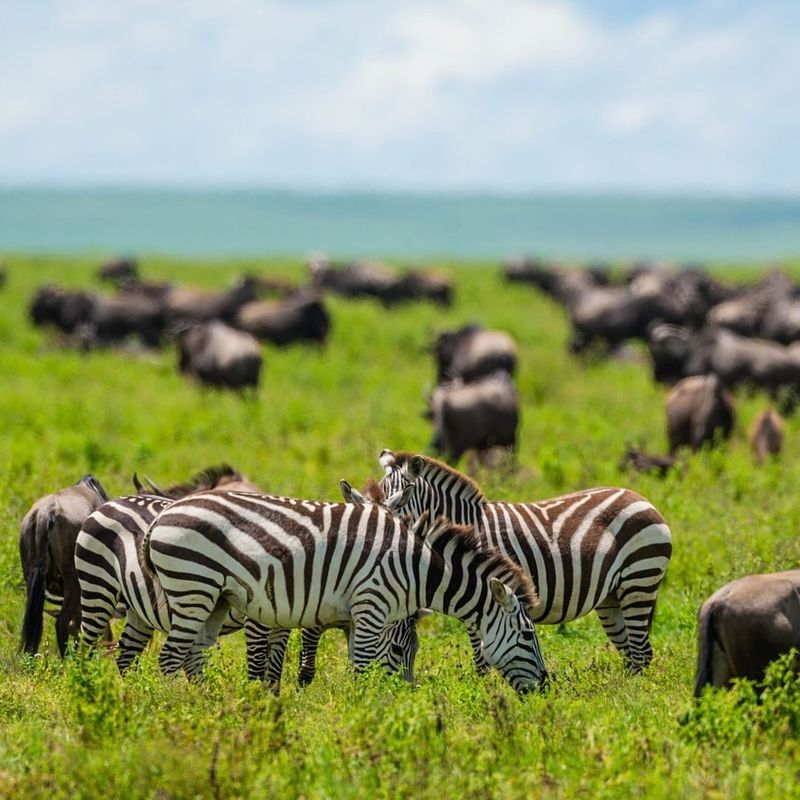
Zebras are known for their incredible migrations, which are among the most awe-inspiring wildlife events on Earth.
Each year, thousands of zebras travel across Africa’s plains in search of fresh grazing grounds, driven by the need for food and water.
They move in large herds for protection, facing challenges like predators and harsh conditions along the way.
This migration not only supports their survival but also helps maintain the ecosystem by promoting plant growth and supporting other species.
The sight of zebras moving in sync is a breathtaking spectacle, showcasing their resilience and the beauty of nature.
6. Herd Life
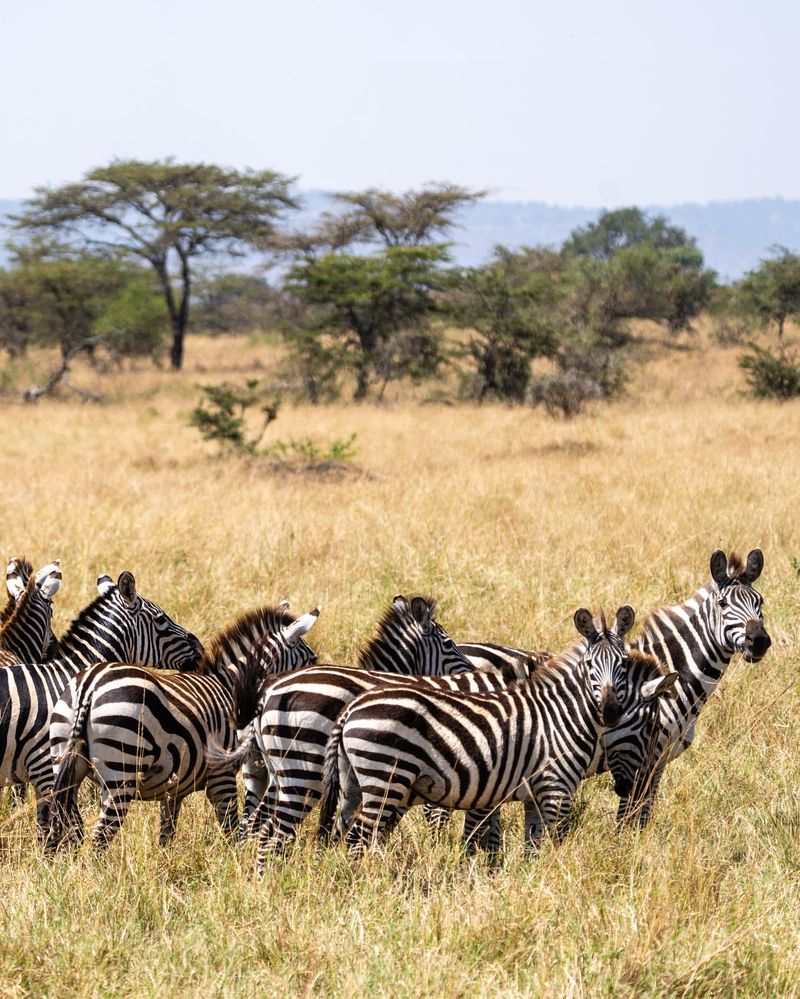
Zebras are highly social animals, living in herds led by a dominant stallion. These herds can range from small family groups to larger harems, with strong social bonds formed through grooming and nuzzling.
This tight-knit structure helps protect them from predators, as it’s harder for a predator to single out an individual.
Stallions defend the herd, bravely facing threats to protect their family.
Their dynamic social systems also allow zebras to adapt to changing environments, passing down collective wisdom on where to graze and drink.
7. Zebra Foals: Born To Run
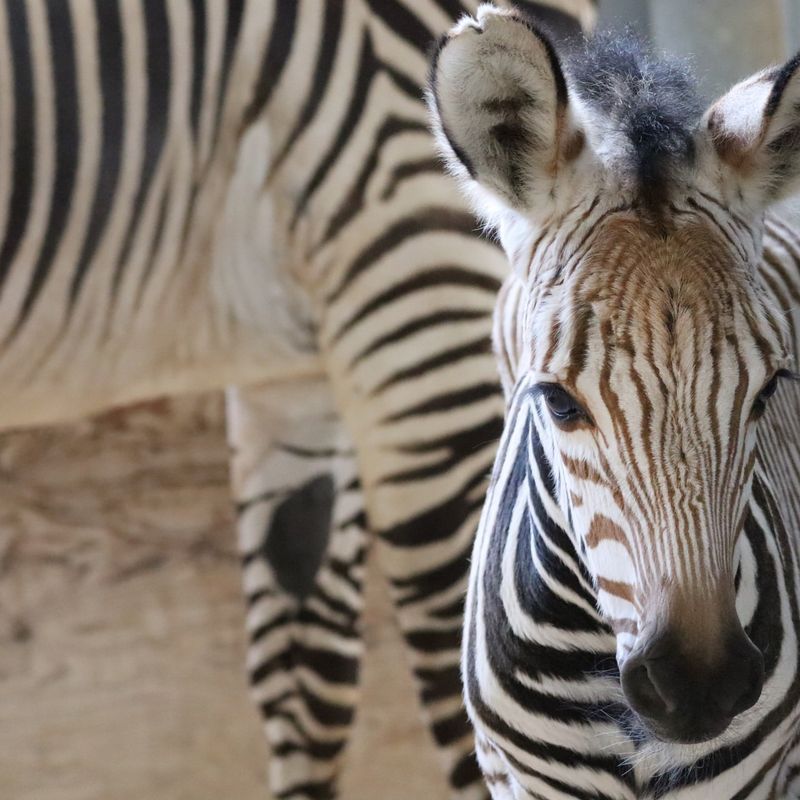
Zebra foals are born with the remarkable ability to stand and run within an hour of birth, a crucial survival skill in the wild.
This early mobility helps them keep up with the herd and stay safe from predators.
The bond between mother and foal is vital, with the mother providing protection and teaching the foal to recognize her unique stripe pattern.
As the foal grows, it engages in playful interactions with other young zebras, building strength, coordination, and social skills.
Within a year, the foal transforms into an agile adult, showcasing the resilience and adaptability of zebras.
8. Diet
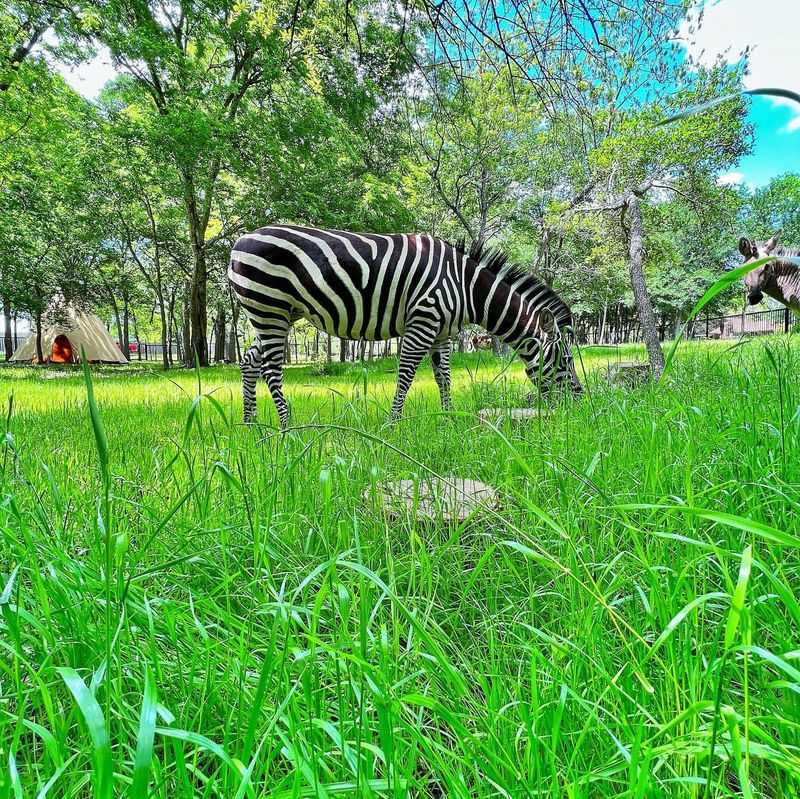
Zebras are primarily grazers, thriving on a diet of various grass species. Their ability to eat a wide range of grasses allows them to adapt to different environments and seasons.
With a unique digestive system, zebras rely on bacterial fermentation in their hindgut to break down tough plant material, efficiently extracting nutrients.
Grass not only fuels them but provides hydration, as they absorb moisture from fresh grass, though they still seek out water sources when needed.
By managing grass growth, zebras play a vital role in shaping the landscape and maintaining ecosystem health.
9. Survival Tactics
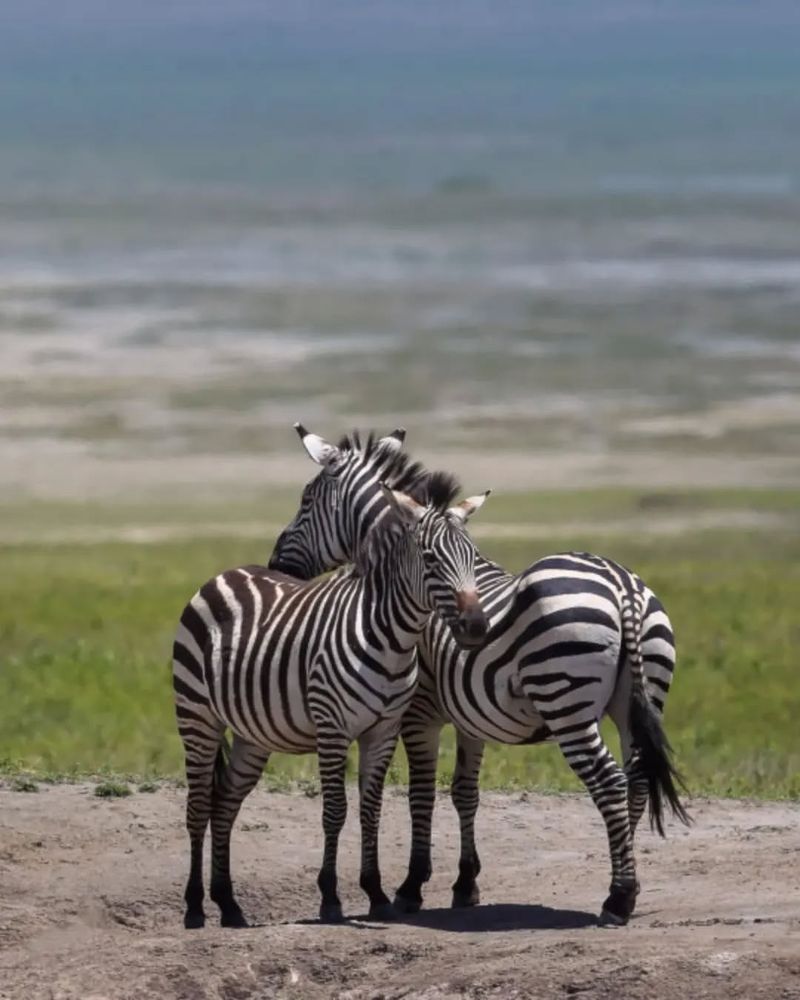
Zebras are expert survivors, constantly on the lookout for predators like lions, hyenas, and crocodiles. Their survival strategies blend sharp senses, speed, and teamwork.
When a threat is detected, the herd often gathers together, creating a confusing blur of stripes that makes it hard for predators to target one zebra.
They can also run up to 65 kilometers per hour, using their speed and agility to outrun many threats.
Stallions take on protective roles, positioning themselves between the herd and danger, while the herd stays alert to ensure quick responses to potential attacks.
10. Role In Ecosystems
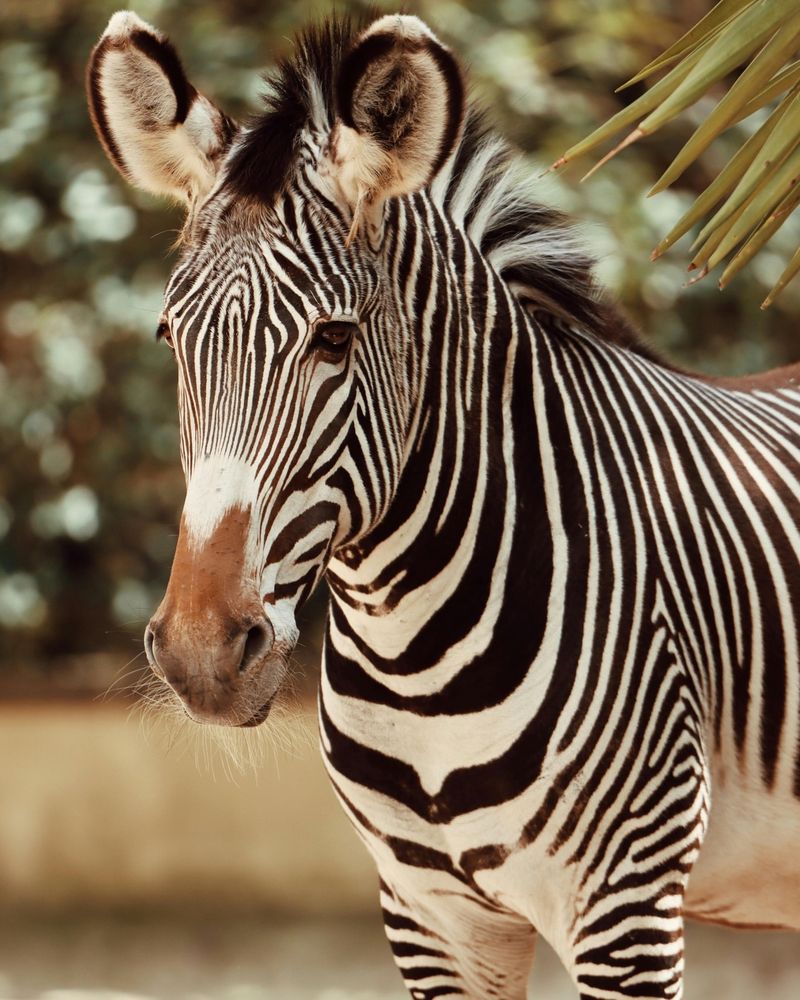
Zebras play a crucial role in the health and balance of savannah ecosystems. As primary grazers, they help control grass growth and prevent overgrazing, allowing grasslands to remain healthy and productive.
By feeding on a variety of grasses, zebras promote biodiversity, supporting the growth of different plant species and benefiting other herbivores.
Their movements help with nutrient cycling, enriching the soil with their dung, which supports plant growth.
Additionally, zebras are vital prey for large predators like lions and hyenas, maintaining the delicate balance between predator and prey and ensuring the stability of the ecosystem.
11. Aesthetic Inspirations
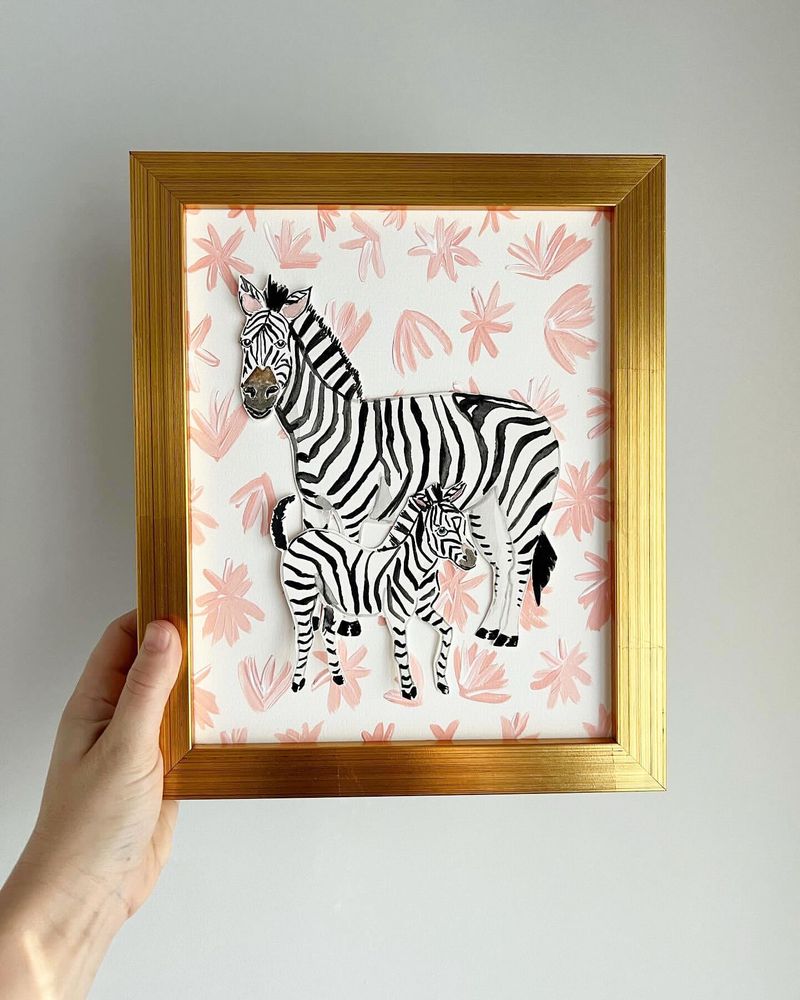
Zebras have been a timeless source of inspiration for artists and designers, drawing attention with their bold black-and-white stripes.
These striking patterns are featured in various art forms, from traditional African paintings to modern fashion and interior design.
Zebra stripes symbolize balance and beauty, often representing elegance and grace in artistic expression.
In fashion, zebra prints have remained a classic trend, appearing on everything from clothing to home décor, adding a touch of wild sophistication.
Their versatility in both subtle accents and bold designs showcases the lasting influence of zebra patterns in art and design, continuing to captivate and inspire creativity across the globe.
12. The Zebra’s Ancestors
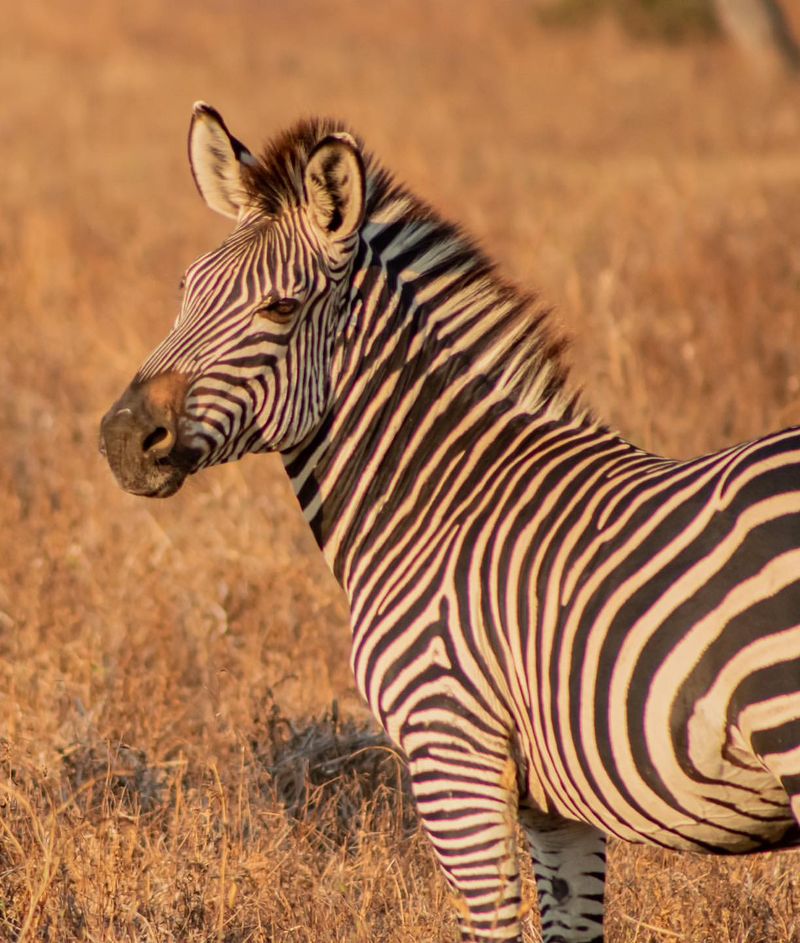
Zebras’ evolutionary journey spans millions of years, beginning with their small, fox-sized ancestors called Hyracotherium, which lived about 50 million years ago.
Over time, these early creatures evolved into larger, horse-like animals that adapted to changing environments.
Fossil evidence shows significant changes in their body structure, teeth, and hooves, reflecting their shift from forest dwellers to grassland grazers.
Modern zebras share a common lineage with horses and donkeys, yet their unique stripes and social behaviors set them apart.
The story of zebra evolution showcases their resilience and adaptability, offering valuable insights into how these incredible creatures have thrived through countless environmental changes.
13. Zebras And Water
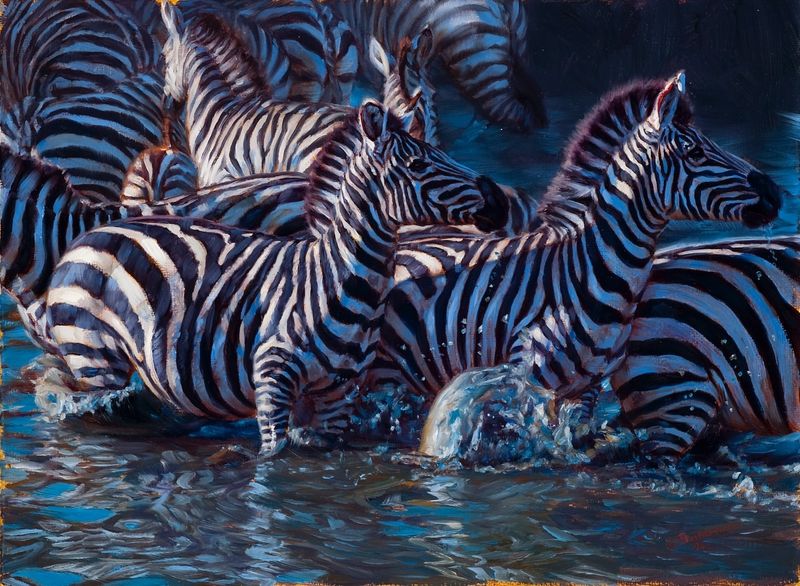
Zebras rely heavily on water, often traveling long distances to find reliable sources. Their need for water makes them vulnerable, as predators often lie in wait near rivers, lakes, and waterholes.
Despite the risk, zebras have been known to dig in dry riverbeds to access underground water, demonstrating their resourcefulness.
Their presence around water helps maintain ecological balance by creating open spaces and supporting other wildlife.
Observing how zebras interact with water offers a fascinating look into their survival strategies and the delicate balance of the African plains.
14. Sleep
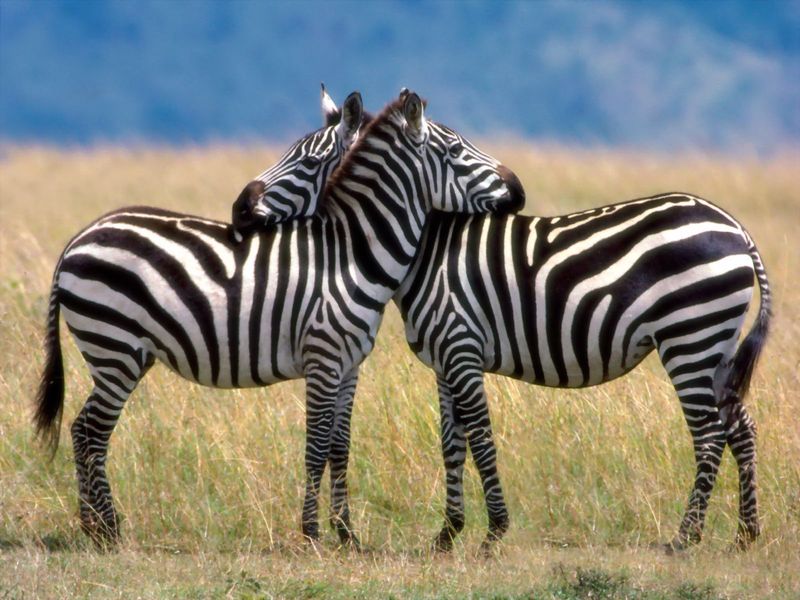
Zebras have the extraordinary ability to sleep while standing.
This quirky habit is a survival mechanism, allowing them to quickly escape predators. Unlike most animals, when zebras catch some shut-eye, they do so without lying down.
Standing sleep is facilitated by a special locking mechanism in their legs, known as the ‘stay apparatus.’ This prevents them from falling over while taking a nap.
While zebras do occasionally lie down for deeper sleep, standing naps are most common, especially in the wild. This behavior highlights their adaptability and unique approach to survival.
15. Zebra Hybrids
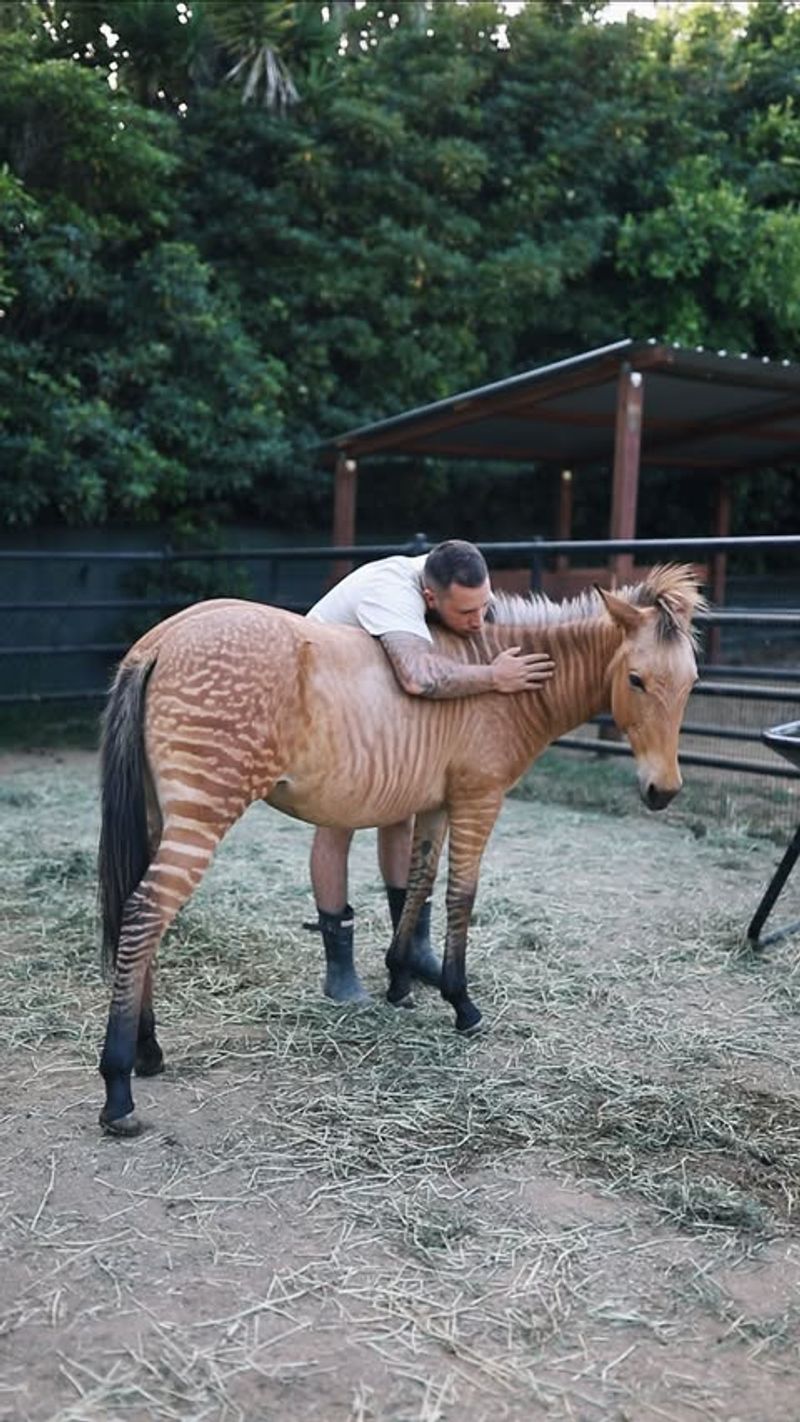
Zebra hybrids, or zebroids, are intriguing crossbreeds that result from mating zebras with other equids like horses or donkeys.
These hybrids inherit traits from both parents, often showing off zebra-like stripes combined with the body shape of their non-zebra parent.
The zorse, a zebra-horse hybrid, is the most well-known, featuring striped legs and necks on a horse-like body.
Another hybrid, the zonkey, combines the sturdy build of a donkey with the zebra’s striking stripes.
While these hybrids are often sterile, they offer a fascinating glimpse into the possibilities of crossbreeding and are a hit with visitors in zoos and wildlife parks.
16. Zebra Intelligence
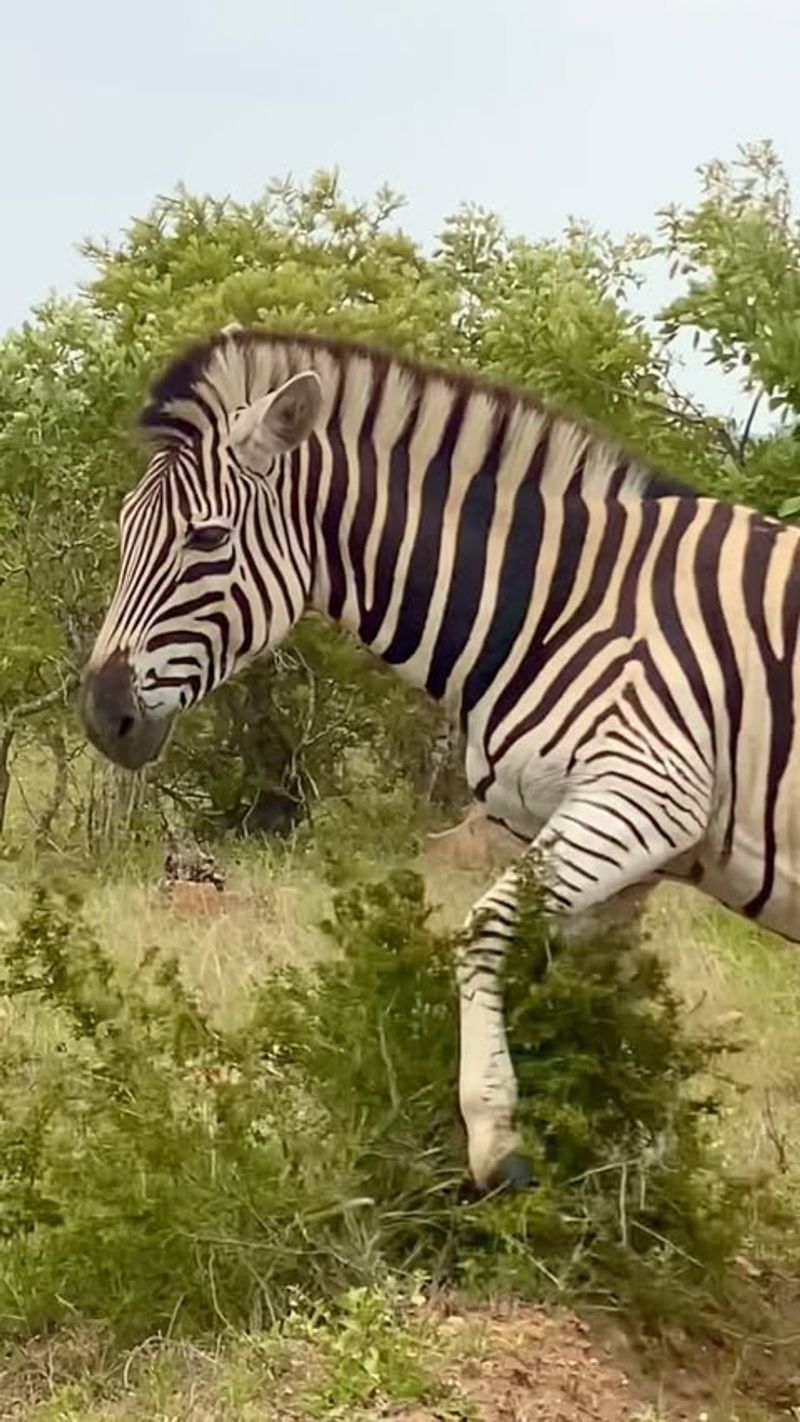
Zebras are not just stunning animals; they are also incredibly intelligent and resourceful. Their ability to survive in the harsh African wilderness highlights their cognitive skills and adaptability.
From finding water during droughts to avoiding predators, zebras demonstrate impressive problem-solving abilities.
Their social intelligence is evident in their complex herd dynamics, where communication through vocalizations, body language, and scent markings keeps them safe.
Keen senses of sight, hearing, and smell further boost their ability to detect danger and respond swiftly to changes in their environment.
17. Conservation
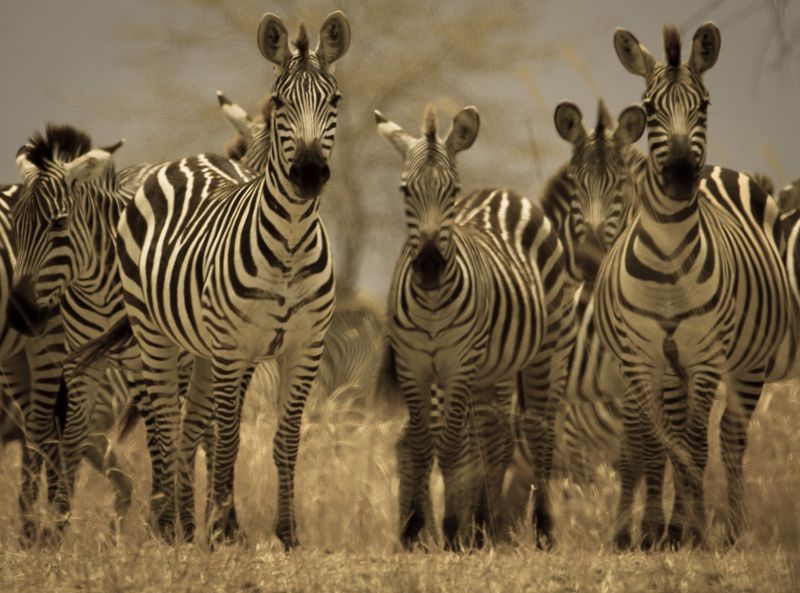
Zebra conservation is essential, as these iconic animals face significant threats like habitat loss, poaching, and competition with livestock.
Human encroachment has fragmented their natural habitats, putting pressure on the ecosystems zebras rely on.
Conservation efforts focus on protecting these habitats, establishing wildlife corridors, and ensuring zebras have access to food and water.
Anti-poaching initiatives and community-based conservation projects are helping safeguard zebra populations while involving locals in sustainable practices.
By supporting these efforts, we ensure a future where zebras can thrive in the wild, preserving both their ecological and cultural significance.
18. Zebra Behavior
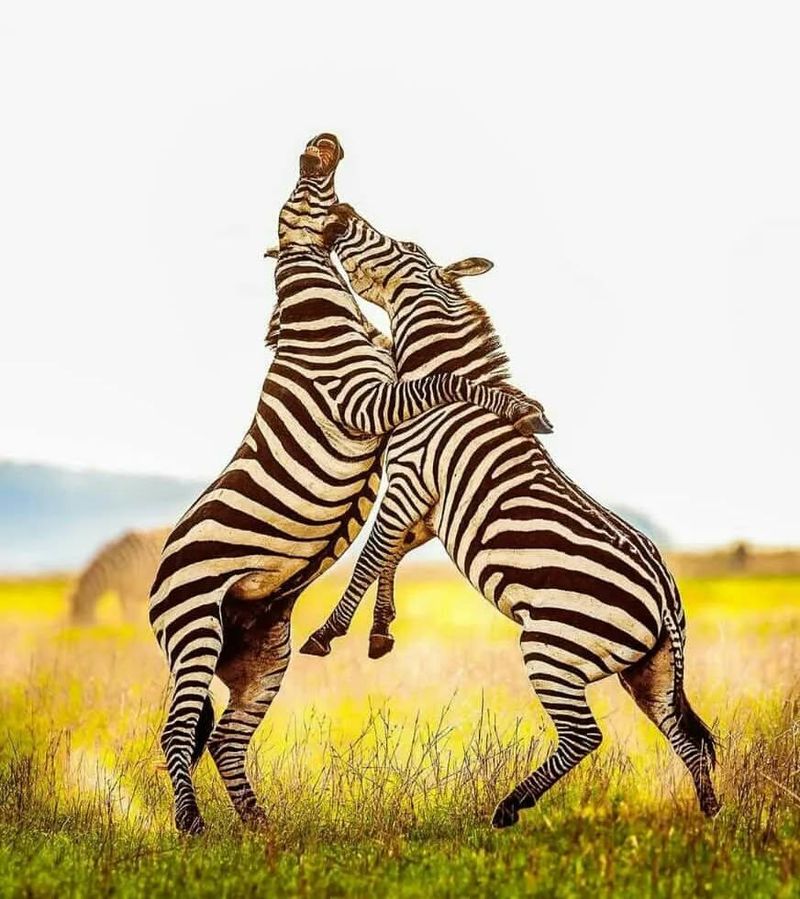
Zebras are playful and curious animals, with their social behavior being an essential part of their lives.
Young foals engage in playful activities like nipping, kicking, and chasing to build physical strength and develop social bonds.
These interactions mimic adult behaviors and help foals prepare for life in the herd. Even adult zebras enjoy frolicking and playing, using it as a way to communicate and strengthen relationships within the group.
Zebras’ curiosity also drives them to explore their surroundings, adapting to new challenges and enhancing their problem-solving skills, which makes them even more fascinating to observe in the wild.

